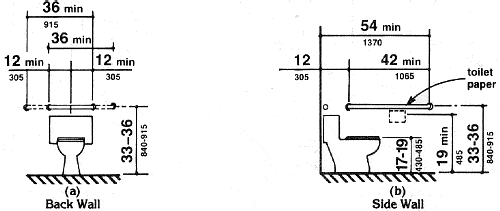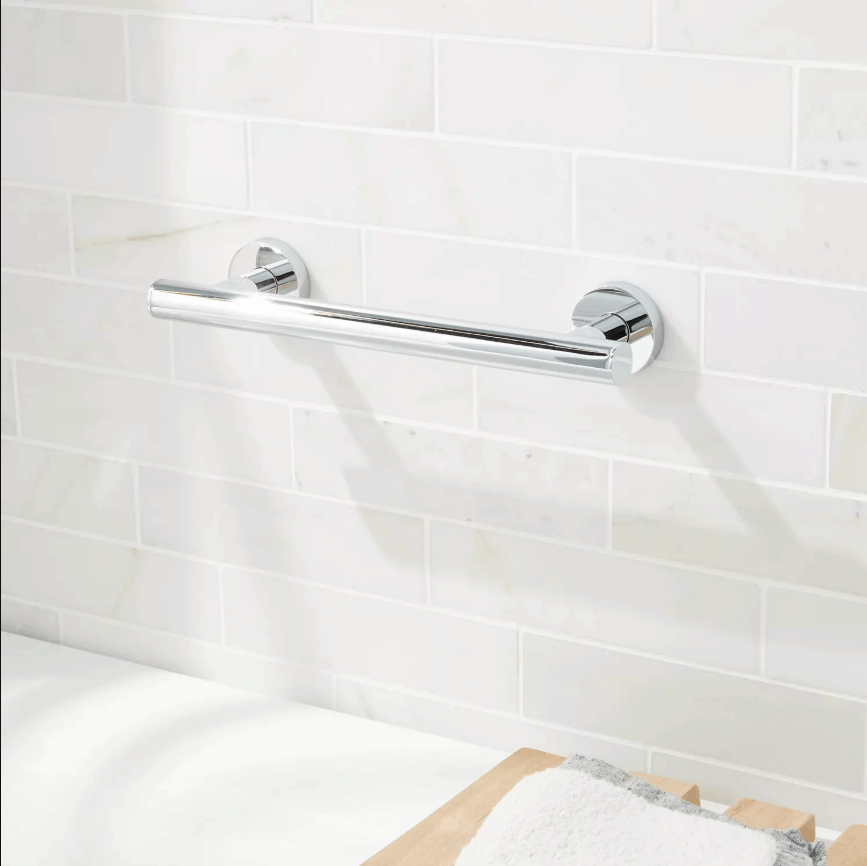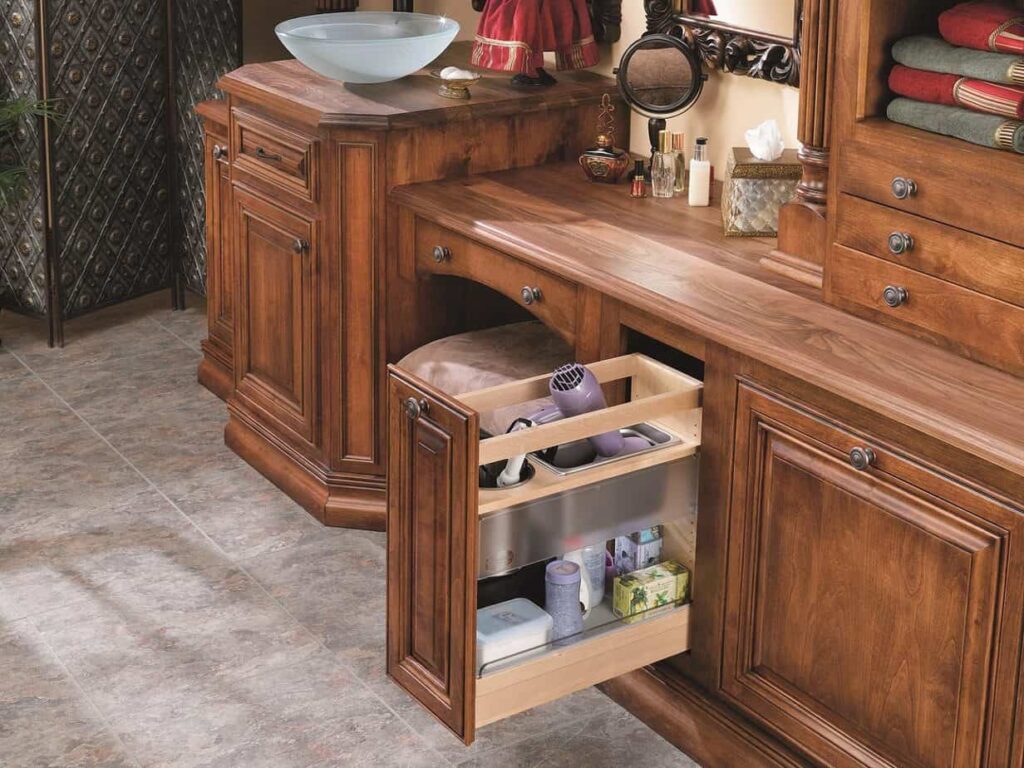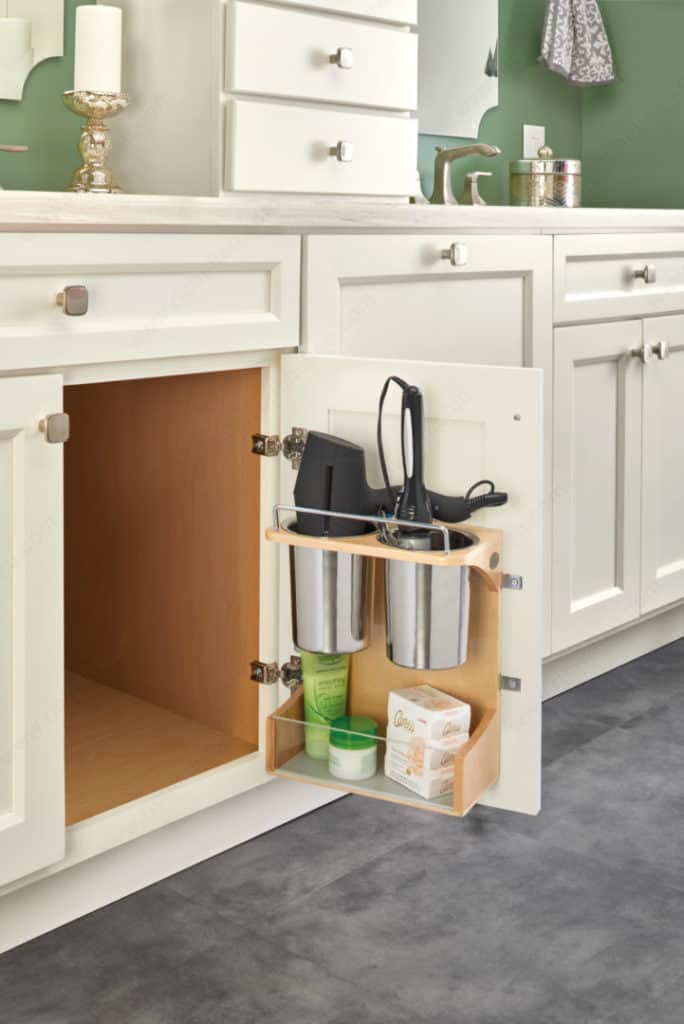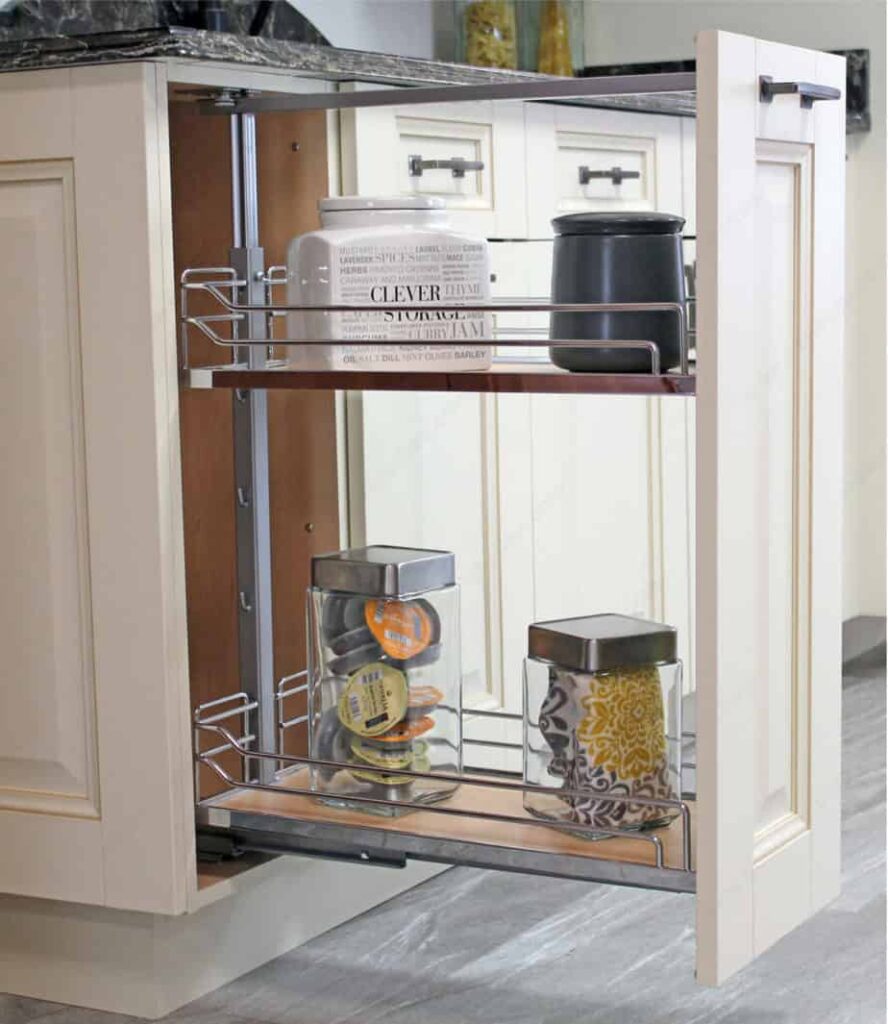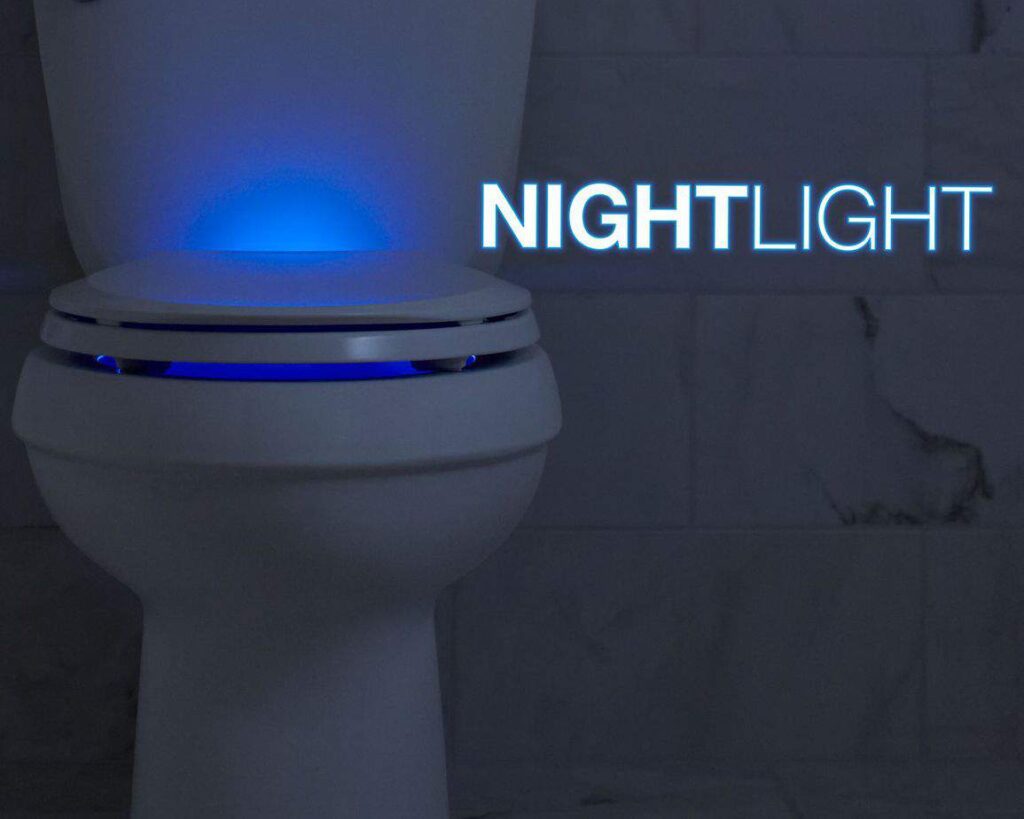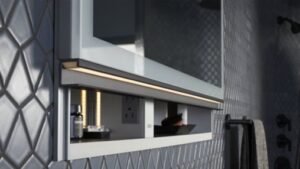 One of the most important aspects of interior design is not just the aesthetic and style of a home, but the function and the way a home is built to make life easier for the people who live in and use the space. And while it can be a difficult topic to discuss, many people are faced with the challenge of making a home safer and more accessible for aging relatives to live in, as well as people who have suffered from traumatic injury and are coming to grips with a new lifestyle accompanied by a permanent disability. This is very important to help the aging population prevent injury, and also help people maintain their dignity and independence. Here are 4 easy tips on making your home more accessible.
One of the most important aspects of interior design is not just the aesthetic and style of a home, but the function and the way a home is built to make life easier for the people who live in and use the space. And while it can be a difficult topic to discuss, many people are faced with the challenge of making a home safer and more accessible for aging relatives to live in, as well as people who have suffered from traumatic injury and are coming to grips with a new lifestyle accompanied by a permanent disability. This is very important to help the aging population prevent injury, and also help people maintain their dignity and independence. Here are 4 easy tips on making your home more accessible.
1. Grab Bars
Grab bars tend to be one of the first things that come to mind as a bit of a cringeworthy topic. They can feel sterile, institutionalized and cold. Using ADA guidelines (see graphic below) you can place these to help the user get themselves up and down off the toilet, or in and out of the shower/tub with ease. While many people might want to avoid installing these and viewing them as an eyesore, you can help allow someone much more dignity and freedom in being able to take care of themselves in the bathroom without asking for help, or god forbid, falling and causing serious injury without the means of contacting someone for help.
Check out some of my favorite options for these bathroom accessories that can add a little more flair and a little less blah to your bathroom style. Some are even available in on-trend finishes like brass or matte black. Keep in mind that in order to support the weight of someone lifting themselves up and down, grab bars should be installed with a blocking behind the wall for reinforcement.
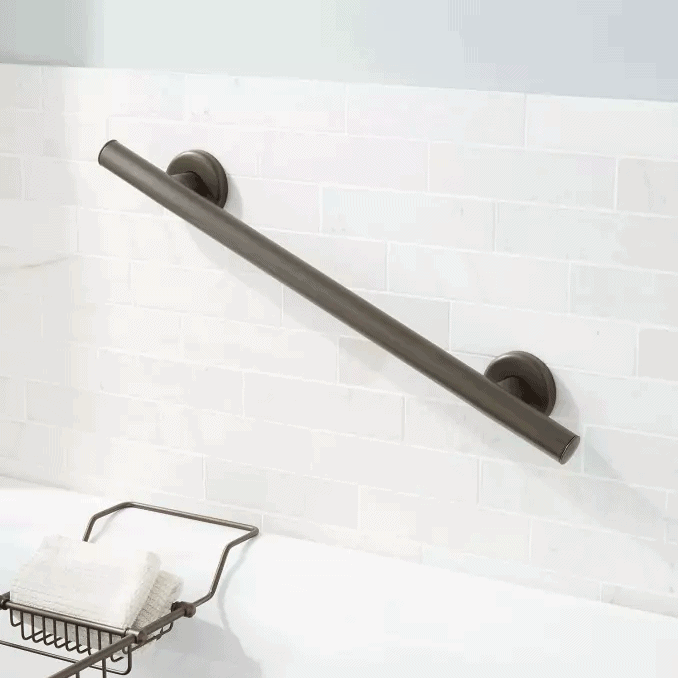
The long extensions of the bar is a break from the usual curved edges seen in many institutions. Available in several finishes, shown here in bronze. Source: Signature Hardware
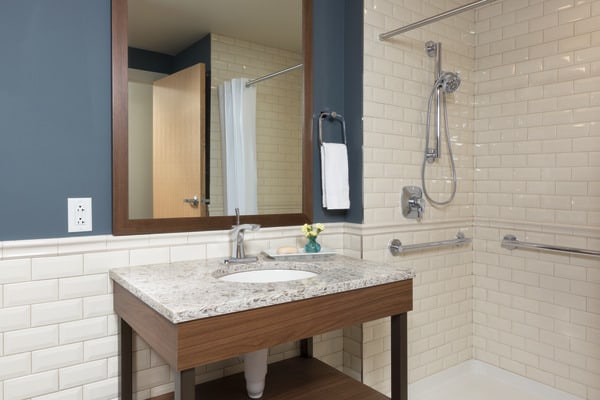
Sleek and understated these Delta grab bars are available in on trend finishes like champagne bronze, venetian bronze and matte black. Source: Delta Faucet
If full ADA compliance is not required but you’re looking to tastefully add some support, consider bathroom grab bars that also function as a towel bar or tissue holder, like the décor assist line from Delta, in both traditional and contemporary styles.
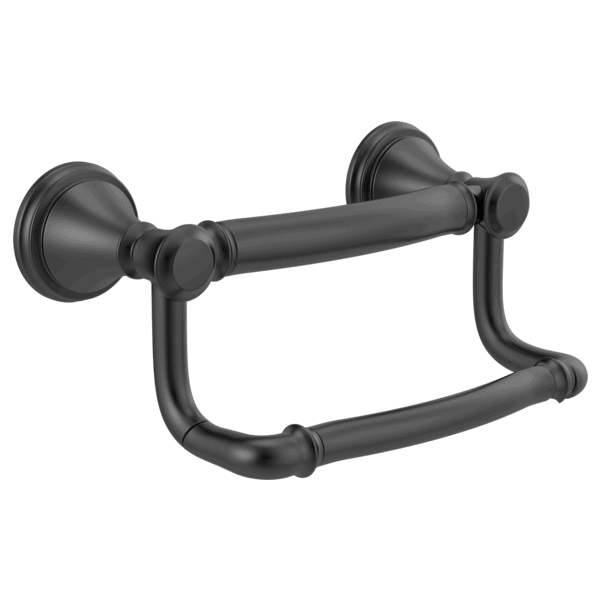
Toilet paper holder that has a small grab bar to help lift on and off the toilet (shown in matte black finish). Source: Delta Faucet
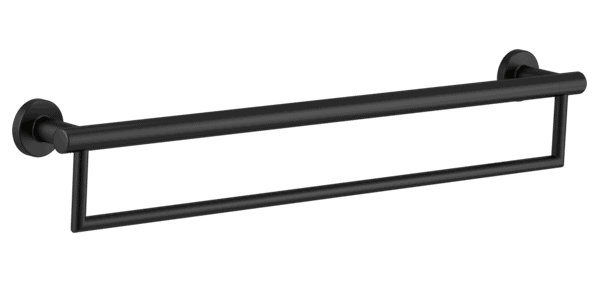
Sleek and understated these Delta grab bars are available in on trend finishes like champagne bronze, venetian bronze and matte black.
2. Make base cabinets more functional
It can be difficult for some people to bend down and reach inside of a cabinet to get what they need, whether it be in the bathroom or kitchen. When possible, use drawers as much as possible, this adds a great deal of functionality to someone in a wheelchair or even people who don’t have the strength and mobility to bend down and get back up. This might include people suffering from spinal issues like bulging or herniated discs, or knee problems. Being able to pull out a drawer and see everything inside and then quickly grab can be a huge help. If you’re modifying existing cabinets, consider adding a pullout unit – these are far easier to see and access.
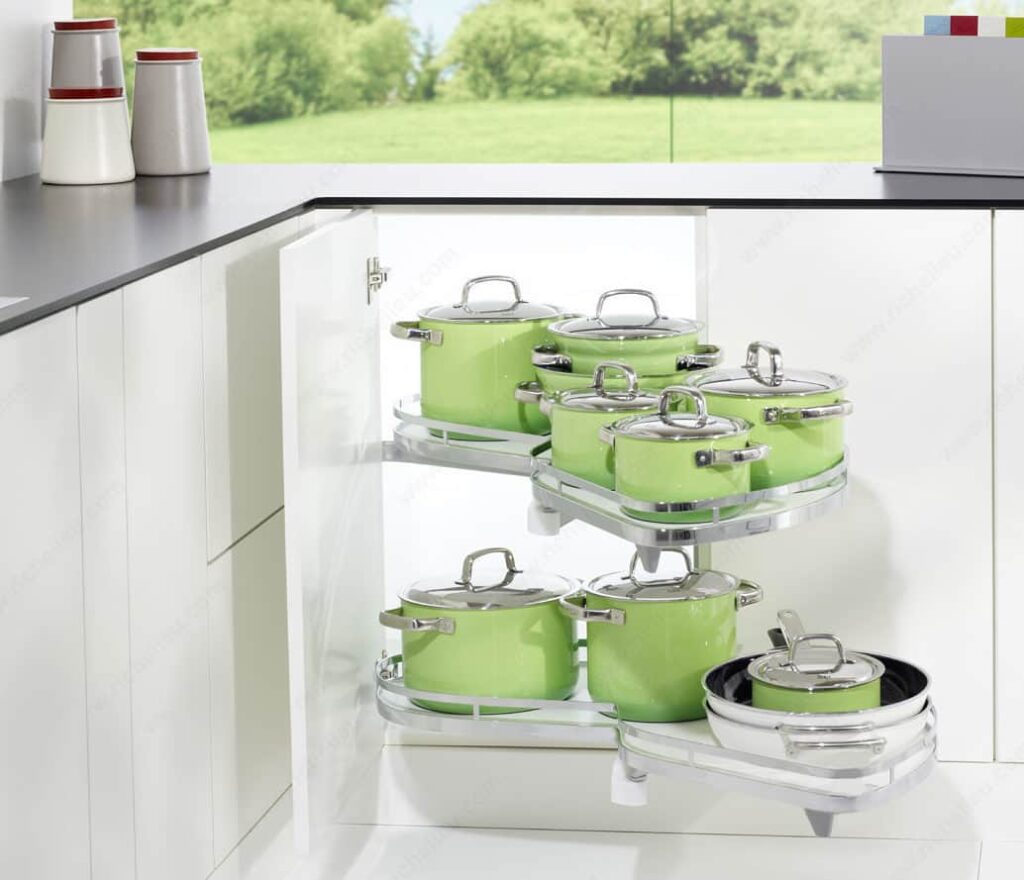
LeMans systems can be helpful for corner cabinets and easier than a lazy susan inside the cabinet. Source: Richelieu
3. Add More Lighting
Increasing light output of existing lighting or adding additional lighting can make a huge impact on people who have vision impairments. In design we have 3 layers of light: ambient, decorative, and task lighting. You can increase ambient lighting (also known as general overall lighting) by adding recessed lights, or upgrading existing fixtures to LED. You can also find retrofit recessed LED modules that work with your existing recessed fixtures. LED can put out a lot more lumens per watt than a traditional incandescent. This means you can not only save energy and lower your power bill, but you can increase the light output to make the space brighter.
You can increase task lighting in many ways. Task lighting is a light source that is close up and can be added on top of ambient lighting to make everyday tasks easier, such as under cabinet lighting, or a vanity light on a mirror.
Adding lights on the risers of stairs, or small sconces on the side walls of stairs can be helpful to prevent tripping. Consider adding lights inside of a closet to make clothing or items inside easier to find. You can even get toilet seats with an integrated nightlight to help with wayfinding at nighttime.
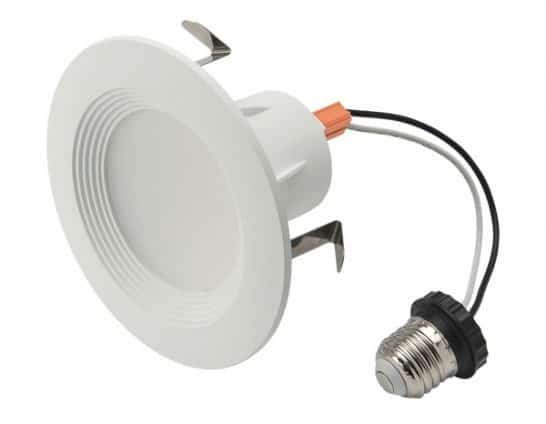
Retrofit LED downlights screw in light a lightbulb and fit inside the existing housing for a quick upgrade to LED. Source: Cree
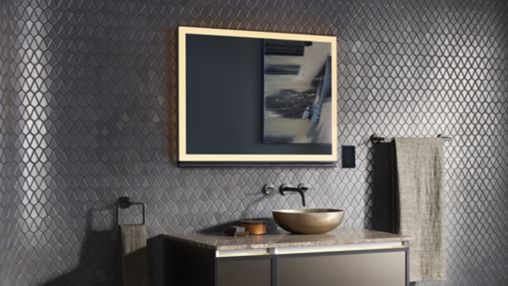
Robern medicine cabinets offering perimeter lighted mirrors, interior lighting inside the cabinet and even have nightlight options. Source: Robern
4. Motorized Window Treatments
Shoulder mobility is a very common problem among many people, not just seniors. Arthritis, strength and even the ability to reach for those in wheelchairs can impede on someone’s ability to open and close drapes or shades. Getting motorized window treatments can greatly improve someone’s quality of life; I can speak from experience. I had a client with arthritis who injured her shoulder trying to use batons and pulley cords to open and close the drapes in her bedroom, something simple that needed to be done daily. For certain types of shades, motorization can be added after the fact. There are many options for motorization for shades and functioning drapes without the need for hardwiring. Many battery operated shades can be easily recharged by just plugging in an adapter to the motor, just like charging a cell phone. With normal use, a charge can last 9 months to a year.
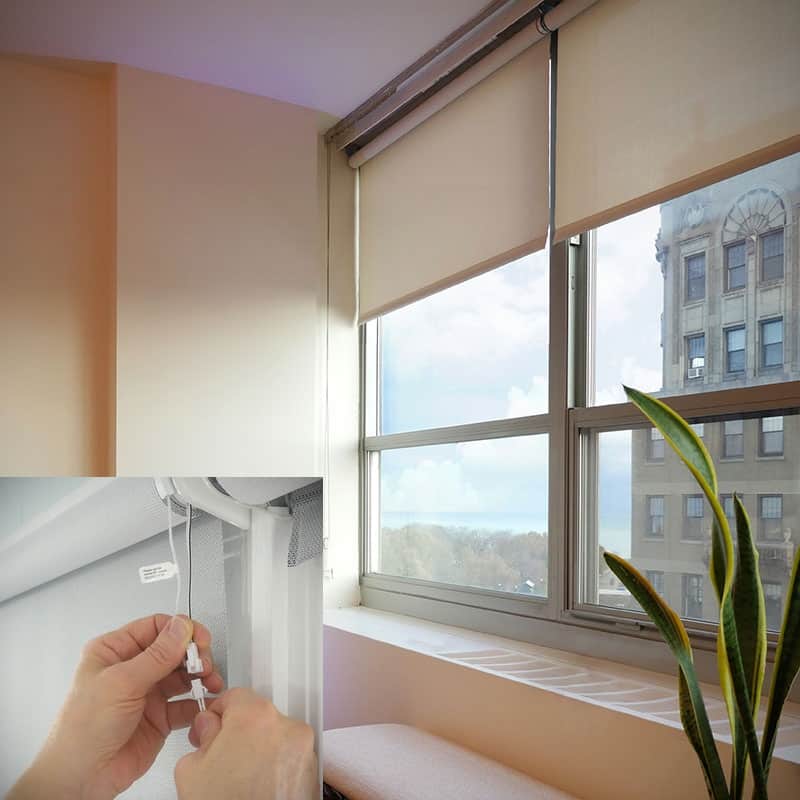
Recharging motors is as simple as plugging in a cell phone, and only needs to be done about once a year, Source: Draper
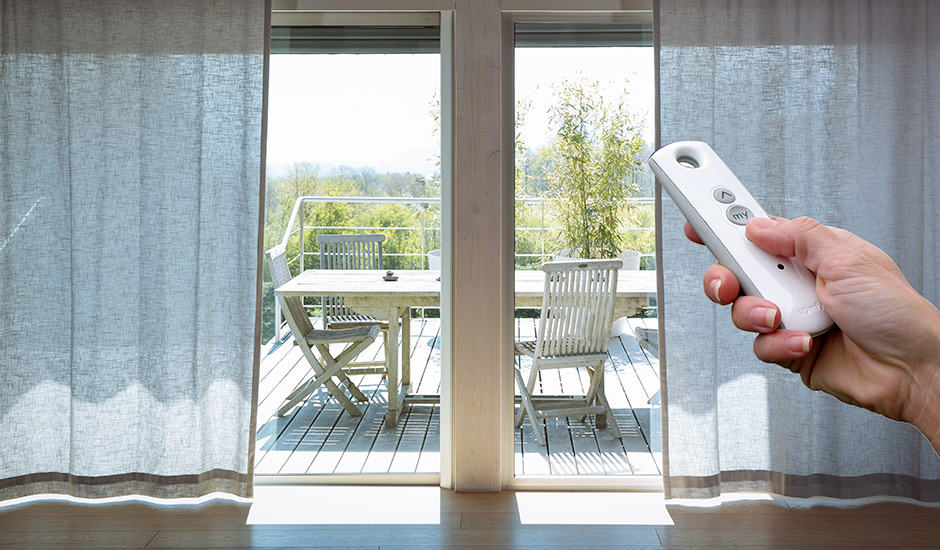
Even drapes can be opened and closed with the touch of a button, eliminating the need to tug on heavy pulleys or yank on batons overhead.
The most important thing to remember when modifying a home for someone who is aging in-place or disabled is that you are not coddling them. You are providing them with the tools they need to feel empowered, independent and dignified to live in their own home. By making simple changes with new technology or hardware you can greatly improve their quality of life and do so in style.
[divider style=”single” border=”small”]
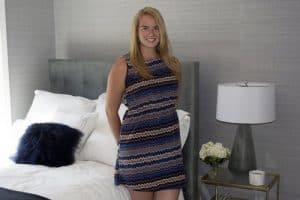
Katie Canfield is the founder and principal designer at Studio KC. Studio KC got its humble start in 2015 when Katie was just 23 years old. While she was freelancing with other interior designers in the NY and CT area she also became a go-to designer for local contractors and trades that needed a designer’s help for their clients whether it be for custom cabinetry drawings or plans for a gut renovation on an entire home.
Katie Canfield’s design aesthetic is eclectic and flexible. She delights in the marriage between old and new- keeping spaces approachable but still matching each client’s unique aesthetic and family narrative. Her passion for design keeps her motivated and constantly on the hunt for new trends and materials. Her broad experience includes an art history background, study at the Accademia Italiana in Florence, a stint with the renowned Manhattan firm Amanda Nisbet Design, as well as collaborations with builders and designers across the tri-state area. She’s seen it all: from gutting prewar Manhattan apartments to new construction in the ‘burbs.
